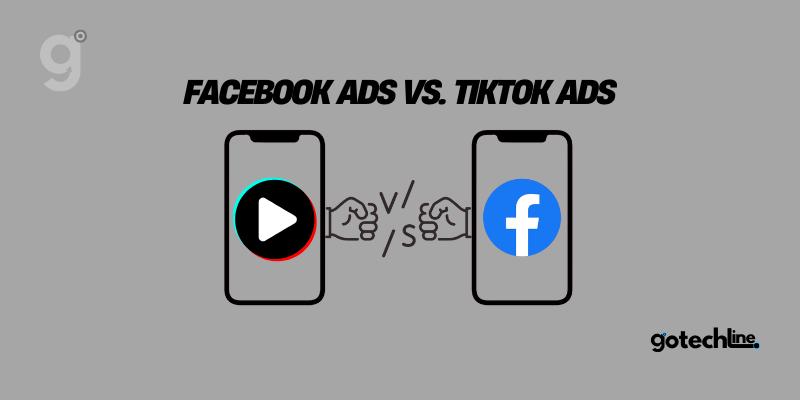In the ever-evolving digital era, choosing the right advertising platform is crucial for businesses to reach their target audience effectively. Two platforms often discussed are Facebook and TikTok.
While both offer significant opportunities, understanding their strengths and weaknesses can help you design an optimal strategy for your business.
Differences in Ad Formats: Facebook vs. TikTok
Facebook provides a variety of ad formats that can be tailored to meet business needs. From image ads, video ads, carousel ads, to interactive formats like instant experiences, all are designed to offer flexibility. This allows advertisers to align content with audience preferences and campaign objectives.
On the other hand, TikTok emphasizes creativity through video-based content. TikTok’s ad formats include In-Feed Ads, Brand Takeovers, and Hashtag Challenges.
This video-centric approach makes TikTok an ideal platform for brands looking to engage authentically, especially with younger users.
Ad Targeting: Effective Strategies to Reach Your Audience
One of Facebook’s primary strengths lies in its highly specific targeting capabilities. Advertisers can target audiences based on location, age, gender, interests, behaviors, and even significant life events.
Additionally, features like Lookalike Audiences enable businesses to reach people with characteristics similar to their existing customers.
TikTok also offers extensive targeting options, such as location, demographics, and interests. However, options like connection targeting or other advanced attributes are still limited compared to Facebook.
Nonetheless, TikTok continues to innovate to enhance its targeting precision.
Ad Costs: Assessing Investment Efficiency
Advertising costs on both platforms depend on various factors, including audience, ad format, and competition level. Generally, Facebook’s cost-per-click (CPC) averages around $1.84, while the cost-per-thousand impressions (CPM) is approximately $14.20.
For TikTok, CPC tends to be lower, averaging $1.63, with CPM around $10.50. Although TikTok’s advertising costs are more affordable, it’s essential to consider audience size and potential reach. Facebook’s larger active user base offers an advantage in expanding campaign reach.
Ad Performance: Measuring Campaign Success
The effectiveness of ads is often measured using metrics like click-through rate (CTR). Facebook’s average CTR varies by industry, with an overall average of about 0.8%. Industries like pets have the highest CTR at 1.68%, while the technology sector is lower, around 0.47%.
Conversely, TikTok has an average CTR of approximately 0.5%. This indicates that while TikTok fosters higher creative engagement, users are less likely to click on links compared to Facebook. However, TikTok’s visual appeal and high engagement levels remain advantageous for brands aiming to build awareness.
Choosing the Right Platform for Your Strategy
When selecting an advertising platform, it’s crucial to understand your target audience and how they interact with content.
If your business requires flexible ad formats and advanced targeting tools, Facebook is a strong choice. This platform suits a wide range of businesses, from small to large-scale enterprises.
On the other hand, if you aim to reach a younger audience with creative and interactive video content, TikTok may be a better option. TikTok offers a space for brands to create fresh and entertaining campaigns, increasing the potential for virality.
Conclusion
Choosing between Facebook and TikTok ads depends on your business goals and needs. By understanding the characteristics of each platform, you can craft a marketing strategy that is not only effective but also delivers optimal results.
Evaluate your audience, budget, and the type of content you want to showcase to ensure your advertising investment generates the desired impact.






